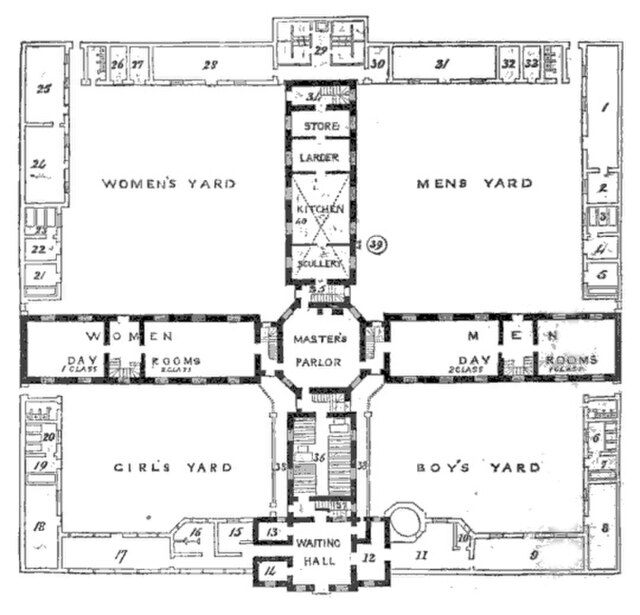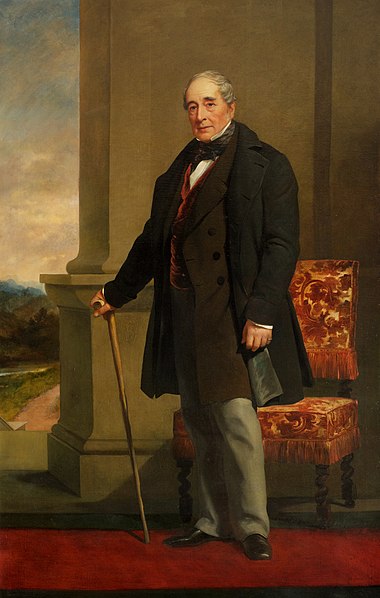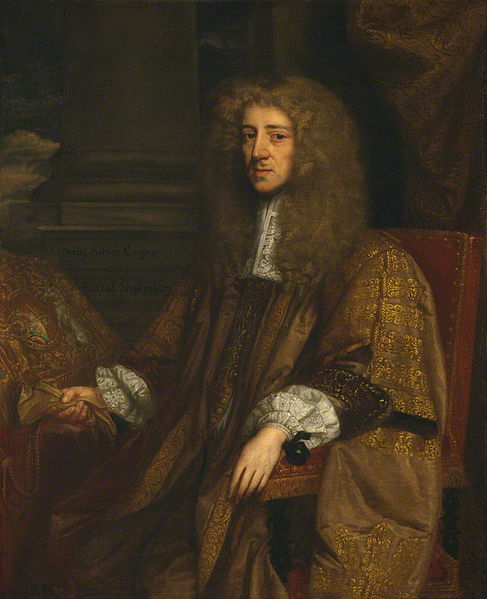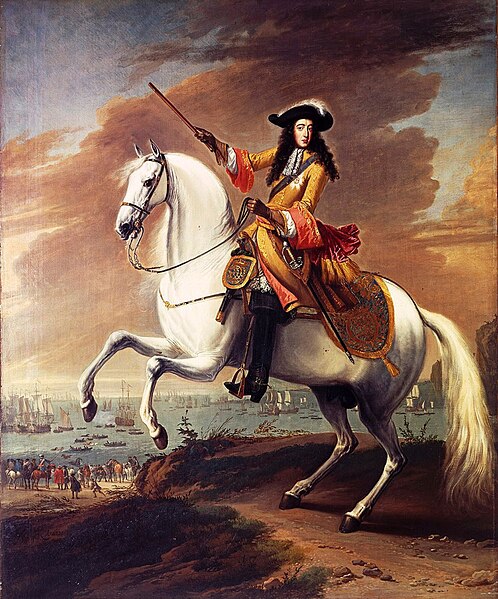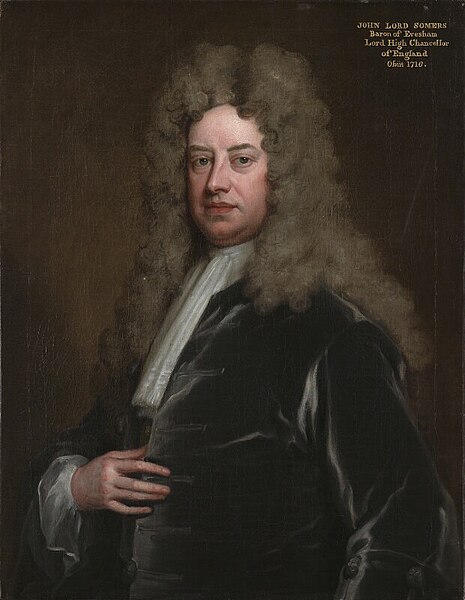Poor Law Amendment Act 1834
The Poor Law Amendment Act 1834 (PLAA) known widely as the New Poor Law, was an Act of the Parliament of the United Kingdom passed by the Whig government of Earl Grey denying the right of the poor to subsistence. It completely replaced earlier legislation based on the Poor Relief Act 1601 and attempted to fundamentally change the poverty relief system in England and Wales. It resulted from the 1832 Royal Commission into the Operation of the Poor Laws, which included Edwin Chadwick, John Bird Sumner and Nassau William Senior. Chadwick was dissatisfied with the law that resulted from his report. The Act was passed two years after the Representation of the People Act 1832 which extended the franchise to middle-class men. Some historians have argued that this was a major factor in the PLAA being passed.
Out-door relief: Poor people coming to a workhouse for food, c. 1840
A "Poor Law Bastille": 1835 model design of a workhouse to hold 300 paupers...
... 'classified' (men, women, girls, boys) and segregated accordingly
One of the "Somerset House Despots": Sir Thomas Frankland Lewis, Chairman of Poor Law Commission 1834–39
Whigs (British political party)
The Whigs were a political party in the Parliaments of England, Scotland, Ireland, Great Britain and the United Kingdom. Between the 1680s and the 1850s, the Whigs contested power with their rivals, the Tories. The Whigs merged into the Liberal Party with the Peelites and Radicals in the 1850s. Many Whigs left the Liberal Party in 1886 to form the Liberal Unionist Party, which merged into the Conservative Party in 1912.
Anthony Ashley Cooper, 1st Earl of Shaftesbury, painted more than once during his chancellorship in 1672 by John Greenhill
Equestrian portrait of William III by Jan Wyck, commemorating the landing at Brixham, Torbay, 5 November 1688
A c. 1705 portrait of John Somers, 1st Baron Somers by Godfrey Kneller.
In A Block for the Wigs (1783), caricaturist James Gillray caricatured Charles James Fox's return to power in a coalition with Frederick North, Lord North (George III is the blockhead in the centre)



